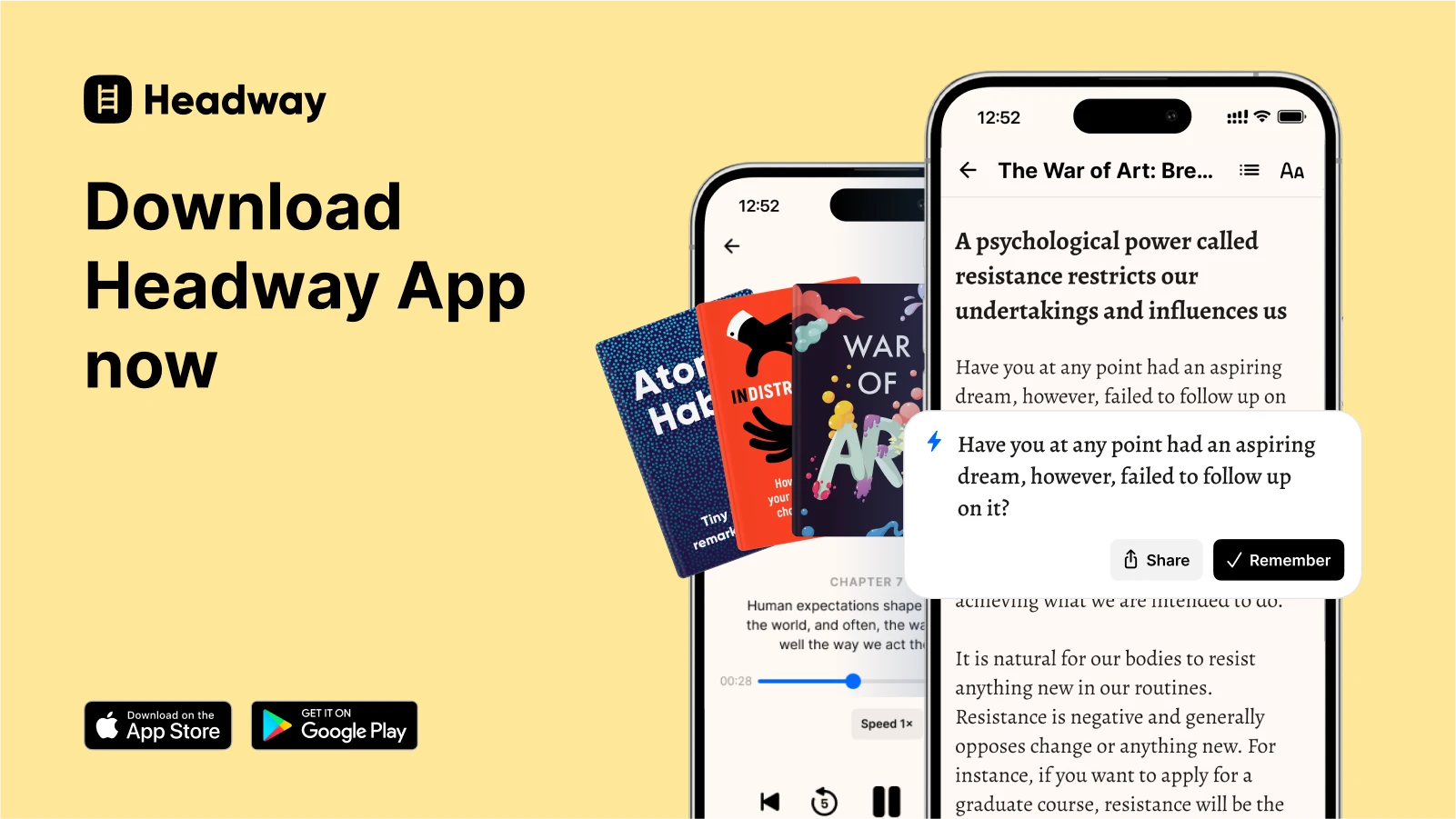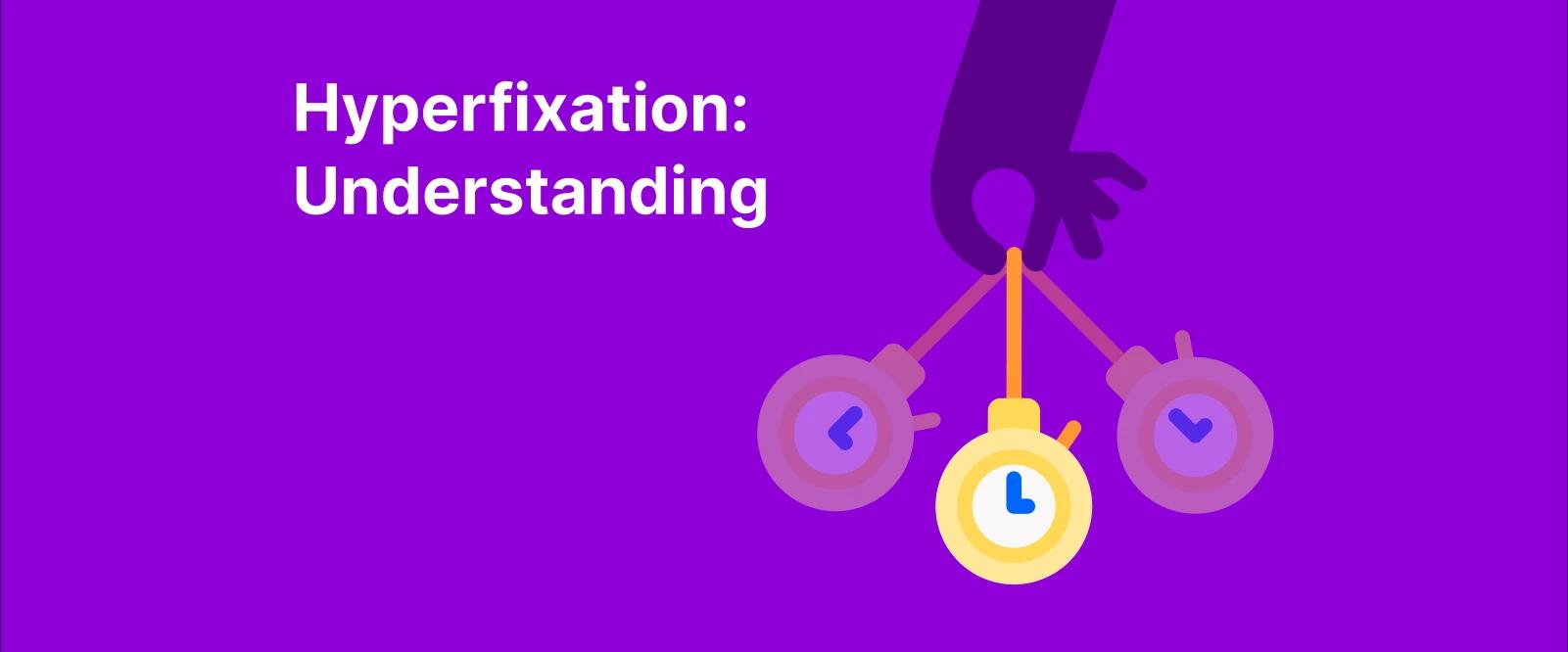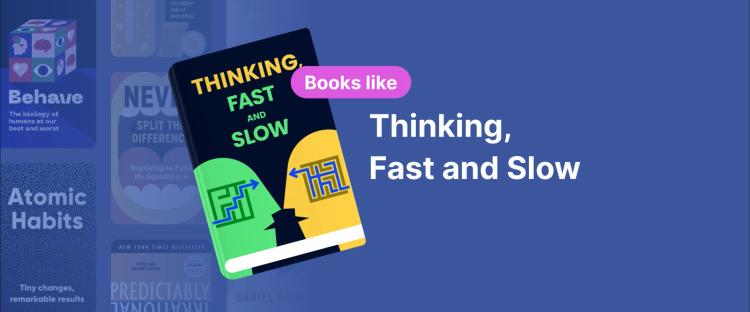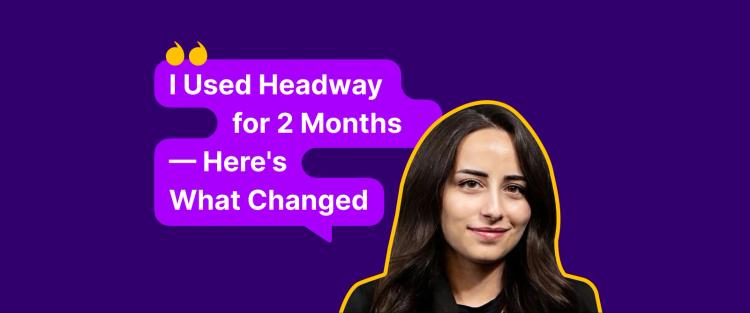Six strategies to manage and channel hyperfixation
Below you’ll find strategies to manage hyperfixation:
Set boundaries on time spent involved with the hyperfixation activity each day or week: These time limits might be set through a digital calendar and reinforced with timers or visual reminders.
Set daily personal goals to remain on track with what you need or want to accomplish each day: Use time blocking to allocate time slots for each of the priority activities.
This approach mirrors the concept in ‘Atomic Habits’ by James Clear, where small, consistent actions lead to lasting behavioral change — a helpful mindset for anyone trying to build structure around hyperfixation.Maintain healthy lifestyle habits such as daily exercise and/ or meditation practice: This will help with managing your levels of stress and anxiety, which might otherwise make you more likely to hyperfixate.
Practice mindfulness daily, with a particular awareness of what you’re doing during each part of the day: This may make it easier to notice when you’re hyperfixating and serve as a prompt to adjust your behavior.
If you’re looking to cultivate deeper present-moment awareness, ‘The Power of Now’ summary by Eckhart Tolle provides a spiritual and practical guide to mindfulness — a valuable tool for reducing compulsive focus and regaining balance.
Consider asking a friend or family member to keep you accountable: Particularly focused on time limits set for the activity that you’re most likely to hyperfixate on.
Use structured learning tools such as the Headway app to keep you on track: This will help you avoid going down a “rabbit hole” of hyperfixation.
A real-life example of hyperfixation
Imagine you just realized that you’ve spent two hours each night this past week binge-watching your favorite TV show. Maybe you’ve also been going online to discuss the show and its characters with other fans. As a consequence of immersing yourself in this fantasy, you’ve lost sleep and started drinking more coffee to stay awake in the afternoons.
This is just one example of what has been termed “hyperfixation.” When a person becomes overly focused on one activity or topic, to the point that they lose track of time and become unaware of their environment, they have become hyperfixated on that one thing.
Who experiences hyperfixation?
Individuals with certain mental health conditions, such as ADHD, ASD, OCD, anxiety, or depression, are more likely to experience hyperfixation. However, not all neurodivergent people experience hyperfixation, while some neurotypical people might also be prone to hyperfixate.
Key symptoms of hyperfixation
Difficulty shifting attention
Losing track of time
Ignoring others
Forgetting to take breaks (even for food or water)
Not responding to messages
Missing important events due to being immersed in the activity
Hyperfixation vs. hyperfocus: What’s the difference?
Hyperfixation differs from hyperfocus in terms of time spent on the activity without interruption as well as the type of activity involved and its purpose. Hyperfocus is short-lived and involves remaining focused on a specific task, such as studying for an exam or shopping for groceries.
Due to it being short-lived and task-oriented, hyperfocus usually doesn’t cause problems keeping up with normal daily routines. While hyperfocus can be useful and productive, hyperfixation is problematic because it dominates a person’s thoughts or daily life.
Duration: Hyperfixation is long-lasting; hyperfocus is short-term.
Purpose: Hyperfocus is usually goal-driven (e.g., studying); hyperfixation is emotionally driven or escapist.
Impact: Hyperfocus tends to be productive; hyperfixation may disrupt daily life and responsibilities.
Flexibility: It's easier to shift out of hyperfocus than hyperfixation.
Hyperfixation vs. special interests
A special interest is any consistent interest in a topic or activity which functions as part of a person’s usual routines. It’s integrated with the person’s other daily activities, and they feel in control of the time spent involved in their special interest. Examples include a fascination with dinosaurs or a deep interest in a particular period in history.
A person might become hyperfixated on a special interest when that interest dominates their thoughts and their time. A special interest becomes a hyperfixation when it causes the person to tune out the environment around them, putting at risk their wellness, academic or career goals, or relationships.
Why does hyperfixation occur?
Hyperfixation is believed to have both neurological and psychological underpinnings.
Causes of hyperfixation may include:
Neurodivergence (ADHD, autism)
Anxiety, depression, or stress
Coping with trauma or grief
Low dopamine levels (especially in ADHD)
A desire to escape painful emotions

What is hyperfixation in ADHD?
In ADHD, hyperfixation refers to a prolonged focus on high-reward activities due to dopamine imbalances. It makes it hard to switch attention or stop the activity even when it interferes with responsibilities.
People with ADHD are at heightened risk of hyperfixating due to their lower levels of the neurotransmitter dopamine in the brain’s frontal lobes. Dopamine levels in the frontal cortex play a critical role in both initiating and inhibiting behavior, as well as regulating and shifting attention.
Lower dopamine levels make it more difficult to maintain attention on an activity that is dull or repetitive (low-reward activity). This often leads them to seek activities that provide an immediate burst of satisfaction (high-reward activity). High-reward activity causes the release of dopamine, which then motivates them to hyperfixate on that activity.
A hyperfixation that occurs with ADHD can last for months until the interest and reward fades. This can then lead to their attention shifting to a new interest.
Hyperfixation and autism
The neurological basis of hyperfixation in autism is not fully understood. There are many autism disorders, such that each person's experience of autism can be unique. Young children with autism often hyperfixate on certain toys, characters in TV shows, or random objects. Adults with autism are prone to special interests, such as crafts or video games, which can become hyperfixations.
People with either ADHD or autism often struggle with emotional dysregulation, particularly when under stress. When anxiety, sadness, or fear is triggered, they are more vulnerable to periods of hyperfixation. It becomes a coping strategy to avoid the painful emotions, or to give them a greater sense of control.
Hyperfixation and OCD
Hyperfixation is also associated with OCD, in which a person's repetitive thoughts are typically distressing and long-lasting. An obsession can temporarily become a hyperfixation when it dominates the person’s daily functioning and causes them to tune out other things happening around them.
Neurotypical hyperfixation: Connection to stress or anxiety
Anyone can have periods of hyperfixation, regardless of being neurodivergent or neurotypical. During periods of high stress, high anxiety, grief, recovery from trauma, or even depression, hyperfixation can become a coping strategy. As it can affect well-being, lead to neglected responsibilities, or relationship problems, it’s typically not an effective coping strategy over the long term.
The double-edged sword: Benefits and challenges of hyperfixation
Benefits of hyperfixation
Depending on a person’s circumstances, there might be benefits and/or challenges to experiencing states of hyperfixation. Benefits include:
The possibility of learning a new skill quickly due to spending so much time focused solely on it: For example, someone might learn a new language quickly, or become skilled at a complex task such as developing a new software program or completing a school science project.
Strengthening a passion for a certain topic or activity, leading to enhanced creativity as well as productivity: New solutions or ideas can arise from the development of a deeper knowledge base. This could lead to a sense of accomplishment and personal satisfaction.

Challenges of hyperfixation
The challenges of hyperfixation include:
Skipping meals or sleep
Neglecting hygiene or chores
Ignoring responsibilities
Missing deadlines or assignments
There are also potential social and occupational impacts of hyperfixation.
Social and occupational impacts:
Strained relationships
Ignored messages or commitments
Missed meaningful life events
Additionally, hyperfixation can result in a loss of enjoyment and appreciation for the moment-to-moment experiences in life. When someone is completely “in the zone,” they can easily miss out on unpredictable life events involving loved ones, such as the sharing of good news or celebrating an accomplishment.
Real-life examples from my clinical psychology practice
General hobbies/interests example: Gaming
A 17 year-old senior in high school spent hours each evening playing video games, usually by himself and occasionally with fellow gamers. When not gaming, he talked with friends about strategies and his progress. So much of his attention was focused upon winning a particular game that he ignored his school assignments and began to fail classes that he had previously excelled in.
When his parents realized the consequences of his hyperfixation, they set up a schedule, limiting his gaming time to after he’d completed his homework.
Relational fixation: An overseas crush
After visiting Portugal for the first time, an adult traveler became fascinated by the people and culture. One person in particular caught her attention during her visit and remained a focus of her romantic attention for years to follow. This was in spite of only visiting once per year and having very little in common with the other person.
She found herself unable to control the amount of time she spent following him on social media, waiting for any post he made, and over-analyzing any comments he posted. In their occasional phone conversations, he made it clear that he wasn’t romantically interested in her. Her hyperfixation caused some friction in her marriage, and it didn’t fade until the man asked her to stop contacting him.
Linguistic fixation: Learning Spanish
A young woman became motivated to learn Spanish because it was the language of her cousins, who were planning to visit her from South America for the first time. She used a popular language learning app which placed each learner in a group to compete for points weekly. Initially, it was fun and engaging.
After a few months, she found herself spending more time than necessary picking up the basics and become conversational. She stayed up later at night to practice more, mostly for the satisfaction of earning points and scoring more than her weekly competitors. Although she did gain significant skill using the app, its use began to interfere with her sleep and her ability to meet other responsibilities.
Leveraging hyperfixation for personal growth
When well-managed, intense focus can be a real strength, particularly in work situations. By removing all distractions and working on only one task at a time, the depth of work on that one task is increased. This can result in more creativity, better productivity, and a greater sense of satisfaction.
This type of deep, distraction-free productivity aligns closely with ‘Deep Work’ by Cal Newport, which explores how focused effort on cognitively demanding tasks leads to remarkable results. This is a useful framework for those with a tendency to hyperfixate.
How to use intense focus as a strength
Use schedules and routines to allow the easy flow of focus from one activity to the next: Think of routines as a way to build good habits. Once a new behavior is incorporated into a routine, it becomes a new habit more easily.
Develop your ability for “deep work,” by avoiding all distractions for a designated period of time: If you're working on staying present and resisting digital temptations, ‘Indistractable’ by Nir Eyal offers science-backed strategies for staying focused and minimizing triggers that often feed hyperfixation loops.
Know the difference between internal and external distractions: Internal distractions include random thoughts about other issues or activities which are not the intended focus. External distractions include social media use, phone calls or messages, and interactions with others in the same room.
Be aware of how resistance might be holding you back from reaching your goals: It’s part of human nature to hesitate and resist pursuing a new, challenging goal. However, there are ways to overcome this type of resistance and make progress toward goals you might have previously given up on.
‘The War of Art’ by Steven Pressfield dives into this internal resistance and provides inspiration for pushing through creative and mental blocks. It’s an empowering read for those channeling hyperfixation into productivity.
Learn about the benefits of mindfulness, and practice it daily: This is distinct from meditation, and only requires short bursts of practice.
Read these book summaries in the Headway app to learn how to leverage hyperfixation
To help you channel hyperfixation into meaningful growth, here are five powerful book summaries available in the Headway app. Each one offers practical strategies for building focus, forming habits, and staying on track — even when your mind wants to wander.
‘Atomic Habits’ by James Clear
‘Deep Work’ by Cal Newport
‘Indistractable’ by Nir Eyal
‘The War of Art’ by Steven Pressfield
‘The Power of Now’ by Eckhart Tolle
Turn hyperfixation into a strength with Headway
Hyperfixation doesn’t have to be a roadblock — it can become a powerful advantage when managed intentionally. Learning how to direct intense focus toward meaningful goals can improve your productivity, creativity, and emotional well-being.

Instead of letting hyperfixation derail your routines, use it to your benefit. Start by building small, consistent habits, setting clear time boundaries, and practicing mindfulness throughout the day. And if you need support, the Headway app offers bite-sized book summaries designed to help you develop skills in deep work, habit formation, focus, and emotional regulation — all essential tools for managing hyperfixation effectively.
Ready to take control of your focus?
Explore top-rated summaries like ‘Atomic Habits,’ ‘Deep Work,’ ‘The Power of Now,’ and ‘Indistractable,’ and turn hyperfixation into real personal growth with Headway.
Frequently Asked Questions About Hyperfixation
Is hyperfixation a mental disorder?
No, hyperfixation is not a mental disorder. It’s a symptom of ADHD, autism, or other anxiety disorders, and often functions as a coping mechanism for managing overwhelming emotions or tasks. It’s not classified as a standalone condition in psychiatry or listed by institutions like the NIH or NLM.
Am I obsessed or hyperfixated?
Obsession involves repetitive, intrusive thoughts that cause distress, while hyperfixation is an intense interest in specific topics, often enjoyable but distracting. Hyperfixation is common in ADHD hyperfixation episodes and can feel like a flow state, but it interferes with important tasks if unmanaged.
Is hyperfixation BPD?
No, hyperfixation is not exclusive to Borderline Personality Disorder (BPD). It can occur in various mental health contexts, including adults with ADHD and autism. While BPD may involve emotional fixation, true hyperfixation is more often tied to levels of dopamine and executive function challenges seen in neurodivergent profiles.
Is OCD neurodivergent?
Yes, Obsessive-Compulsive Disorder (OCD) is typically considered part of the neurodivergent spectrum. It often overlaps with other conditions like autism and ADHD. Individuals with OCD may hyperfixate as a coping mechanism, especially when experiencing compulsions related to necessary tasks or routines, often leading to negative consequences.
How can hyperfixation be managed?
Managing hyperfixation requires proactive strategies like time management, creating structured routines, and learning to shift focus. Tools like cognitive behavioral therapy (CBT), the Headway app, or working with a mental health professional can help reduce episodes. Joining support groups or seeking professional help may also improve outcomes.
How can I tell if I’m obsessed?
If your thoughts feel involuntary, distressing, and interfere with daily function, you may be experiencing obsession. Hyperfixation usually feels immersive and tied to new hobbies or flow state tasks, but can become problematic. A mental health professional trained in CBT can help differentiate between the two and guide your next steps.













